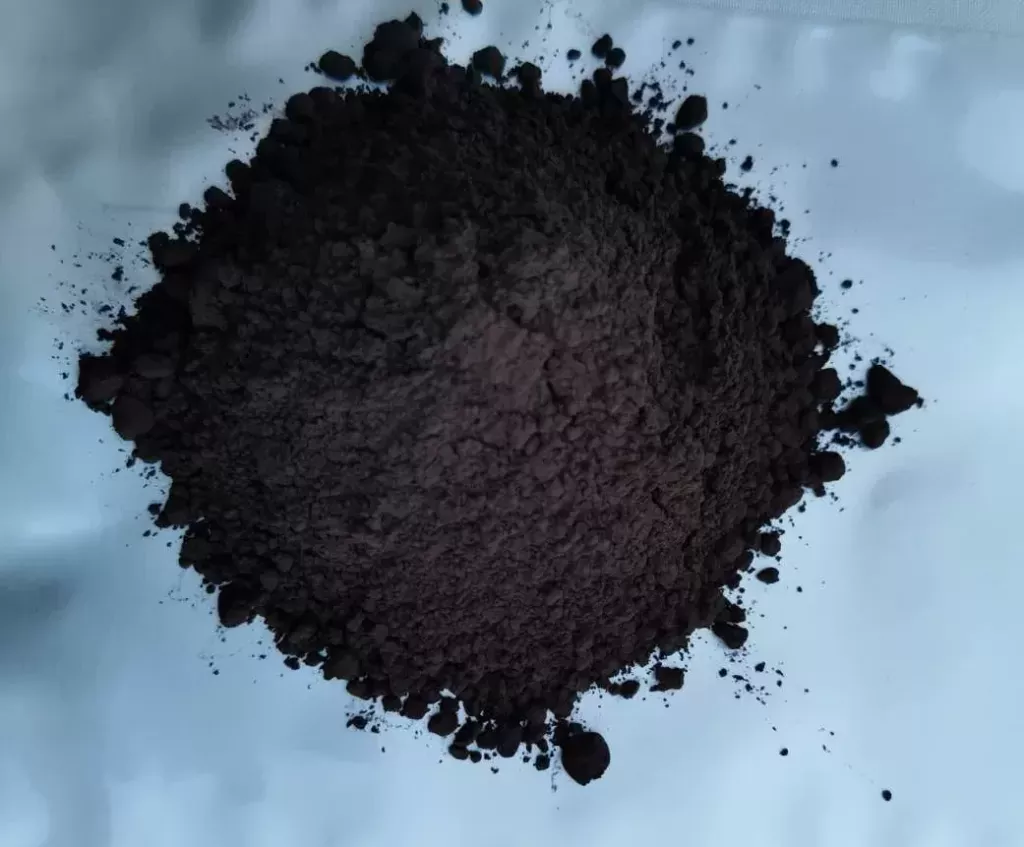Thallium oxide include two kinds of oxides, thallous oxide and thallium(III) oxide. Tl2O is black powder, however Tl2O3 is brown or dark red powder. Thallous oxide is soluble in water, acid and alcohol. But thallium trioxide is not soluble in water and alkali.Thallium trioxide dissolve in HCl and release chlorine, however release oxygen when dissolve in sulfuric acid.
Tl2O3 is a rare compound valued for its distinct optical, electrical, and chemical properties, making it a vital material in advanced optics, electronics, and chemical research. Known for its high refractive index and unique semiconducting behavior, Tl2O3 finds applications in specialized optical components, electronic devices, and as a reagent in laboratory research.

Thallium Oxide
| CAS No.:1314-12-1 | Molecular Formula:Tl2O | Molecular Weight:424.78 | Melting Point:300℃ |
| Boiling Point:1865℃ | Density:9.52 |
| CAS No.:1314-32-5 | EINECS No.:215-229-3 | Molecular Formula:Tl2O3 | Molecular Weight:456.74 |
| Melting Point:717℃ | Boiling Point:875℃ | Density:9.65 | UN 1707 6.1/PG 2 |
Applications
Thallous oxide is a kind of analytical reagent, which is also for optical glass and glass decoration.
Thallium(III) oxide is a kind of analytical reagent and catalyst. In electronic component production, it applies to prepare conductive paste for glass glaze potentiator.
In optics, Tl2O3 is prized for its ability to create lenses and optical coatings with high refractive indices, enhancing light manipulation in complex optical systems. Optical components made with Tl2O3 are often used in devices that require precision and efficiency, including high-quality lenses for scientific instruments and specialized coatings for enhancing light transmission and reflection. These applications are particularly valuable in fields such as microscopy, laser optics, and infrared technology.
In electronics, Tl2O3‘s semiconducting properties make it useful in the development of high-performance electronic components. Tl2O3 is raw material for the manufacturing of certain types of semiconductors, where it can influence conductivity and responsiveness under specific conditions. Its unique characteristics enable the design of devices that require precise control over electrical properties, including sensors and experimental microelectronic components.
In chemical research, Tl2O3 serves asa reagent in various synthesis processes. Its reactivity makes it useful for creating other thallium compounds and for specialized reactions in inorganic chemistry research. Researchers untilize Tl2O3 to explore new materials with potential applications in various scientific fields, often leveraging its ability to modify the structure and properties of other elements and compounds.
